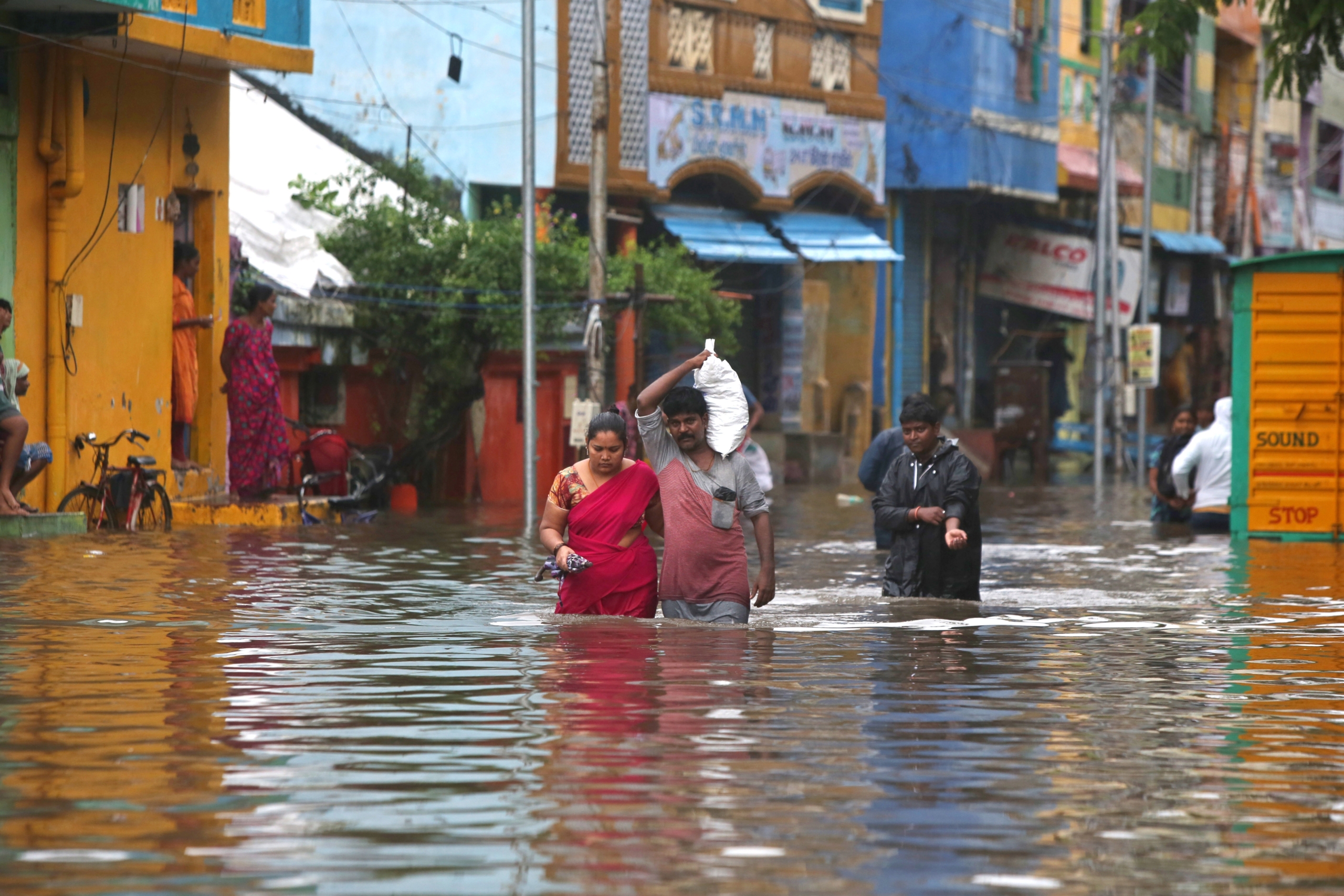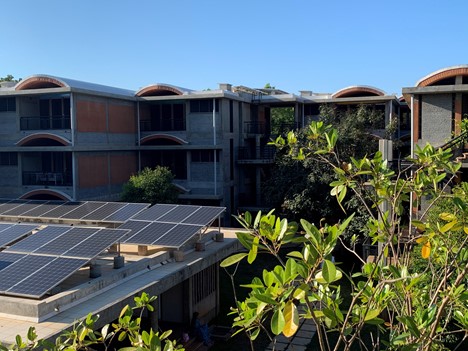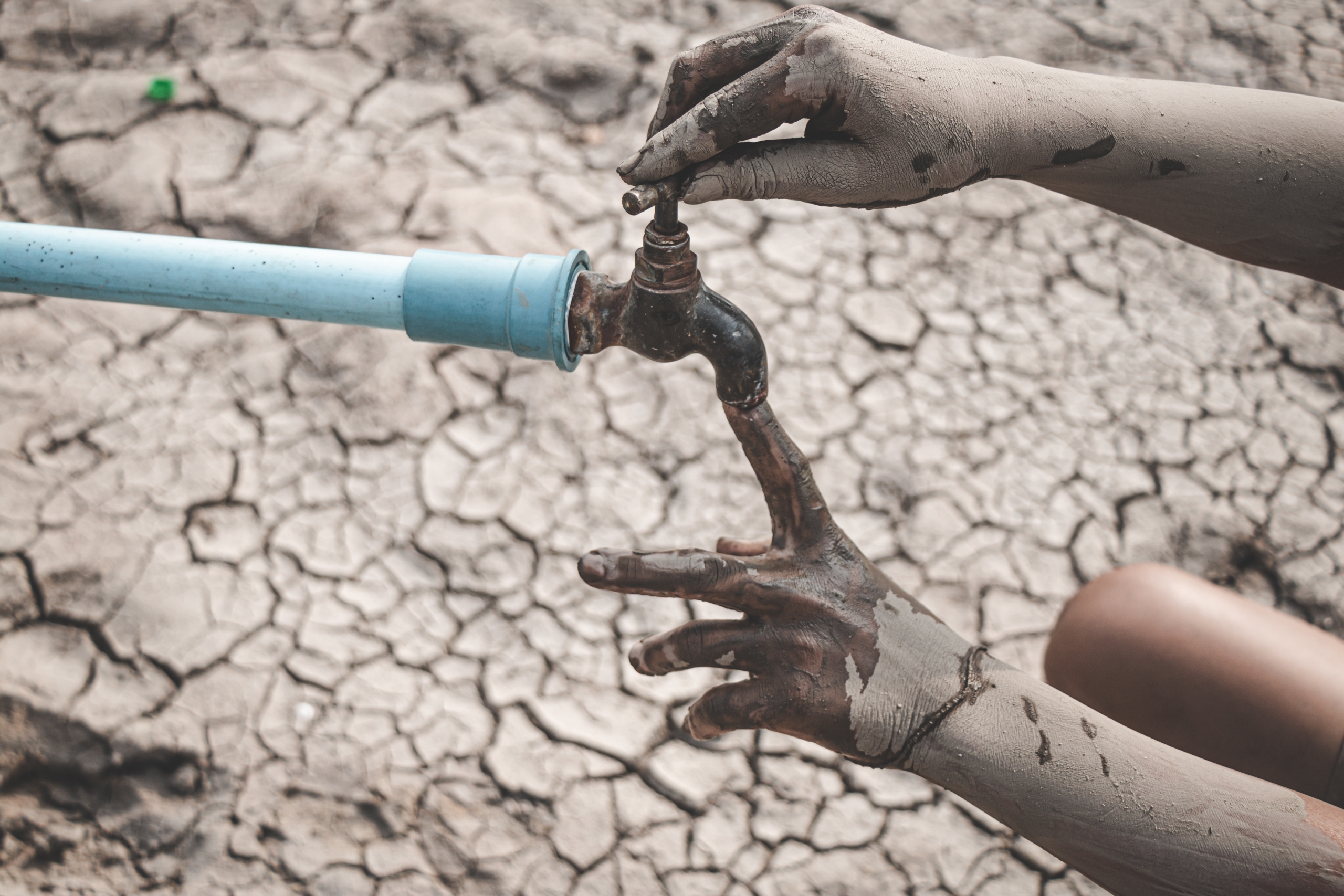December 10, 2021 | Prasad Vaidya
In June 2019 I played around with the idea that a net-zero-buildings competition, where theory and best practice met market reality, needed to be introduced in India. That’s how Solar Decathlon India was conceived. At that time too there were signs that our planet was changing. But the last 2 years have been a revelation in many ways. As climate change has become immediate and personal with its impacts, a groundswell of effort has also begun.
We stand facing climate change as a ship watches a wall of water in a storm. I am in Bangalore as I write this, and the entire southern region of India is experiencing rain. Typically, at this time of the year, all we get is a bit of rain from the retreating monsoon.

We have a code red alert from the IPCC. Human activities continue to release enormous amounts of planet warming gases into our atmosphere. The major sources of these emissions are: burning of fossil fuels for energy, cutting down of forests, methods of production of food. We are already at 1.1ºC temperature rise. We will be at 1.5º by 2030. And 2.4º to 3.0º by 2100.
That’s just a global average temperature. On land, the temperature rise will be higher. In cities, we will see 2º-4º by 2030. And we will see more heat waves. But this is not just a temperature problem. As the oceans warm up, we get higher humidity levels. With higher humidity, our most effective heat sink, air, will become less effective. We won’t perspire and feel naturally comfortable as easily, and our air-conditioning systems won’t cool as effectively. As we use more energy for cooling, that will aggravate the emissions problem.
But this is not just a comfort problem. The periods of high heat increase forest fires. Burning of forests compounds the problem. As the oceans warm, there is more evaporation. Storms pick up more energy and become stronger and more frequent. Extreme rainfall is causing floods, and loss of farm produce. Floods also affect buildings and infrastructure. Transportation and traffic get affected. Our drainage systems get flooded, we get backflow of sewage. Mosquitoes and other vector-borne diseases increase.
Already we’ve been pumping out groundwater everywhere, groundwater levels have been dropping. This increases droughts. With scarcity of water, nutrition and health are affected.
But this doesn’t stop at heat, storms, floods, and droughts. The global storage of freshwater is melting rapidly into the oceans. Glaciers are receding. We see this happening at an alarming rate in Greenland. Polar icecaps in the Arctic and Antarctic are going into the oceans. Ocean levels are rising. Even if we were to stop all greenhouse gas emissions today, we are still locked in for a sea-level rise from all the past emissions. We will see ocean levels rise by 1m. Large parts of our coastal cities are going to go under. Mumbai will be like what it used to be before the great reclamation projects. As land and sea change, we will lose our ecosystem services that we take for granted. There’s no area on this earth that will escape the impact.

Climate mitigation to reduce emissions is not easy. Buildings are part of the problem. But they are also a significant part of the solution.
Building operation and the energy use contribute to about 28% of the global energy emissions. About half of this energy is used by cooling and heating systems. Another 10% of the emissions are from the energy embodied in the manufacturing of building materials used in construction. Cement, steel and fired bricks, are the largest contributors of greenhouse gases among all building materials. So, 38% of the energy emissions problem can be addressed in buildings.
For building materials, we have solutions that reduce the embodied energy by 50-75%. Even a simple substitution of fired brick with lightweight autoclaved aerated concrete blocks makes a significant difference. Construction techniques that use stabilized soil can make a bigger difference. On the operations side, it is possible to make buildings that use 50-75% less energy, with good passive architectural design, efficient lighting, and innovative cooling systems. And the operating remaining energy can be generated on site with renewables. These buildings are called net-zero-energy buildings. They are the future.

Buildings can be configured to be resilient to hazards like floods, storms, and heatwaves. Buildings are our first defense against these events. They can continue to provide critical functionality when these extreme events occur. This makes complete business sense. This approach is called adaptation.
Only about 20 educational institutions across India run coursework that address mitigation and adaptation. Our curriculum does not prepare the next generation to face climate change. A strong injection of building science for net-zero-energy-water and resilient buildings is needed in our engineering and architectural education.
But we also need innovation to implement these solutions at scale.
What are the positive signs?
At COP26, several countries agreed to develop curricula for skills and knowledge for a net-zero world.
At COP26, adaptation has been made a priority.
And the coal phase-down commitment gives a clear signal that the future is not coal. It’s not fossil fuels.
Already many investment firms were looking at how companies were addressing climate change. With COP26, money will flow towards initiatives that address climate change. We will see this in business investments as well as in government and philanthropic funding.
Will it be enough? My answer to that is: don’t wait on the sidelines to find out. Get in and play. This is not just our future. It’s our present.



